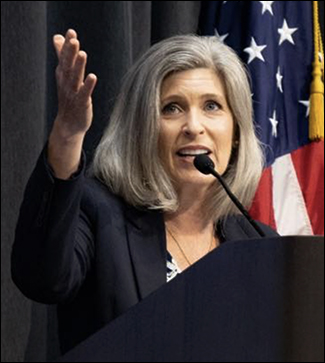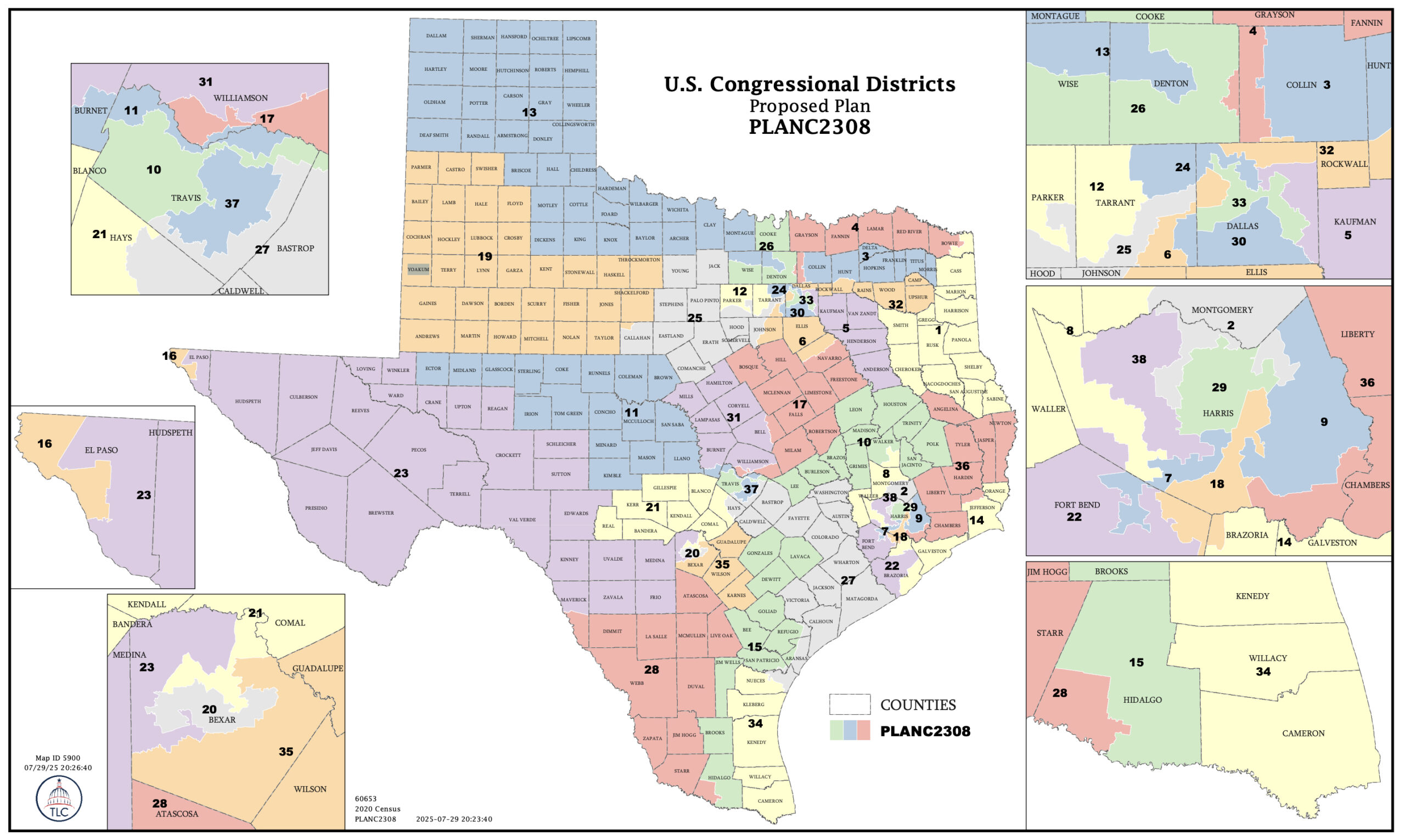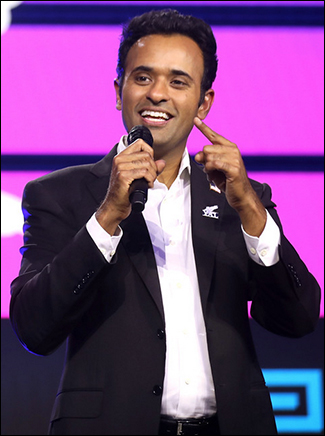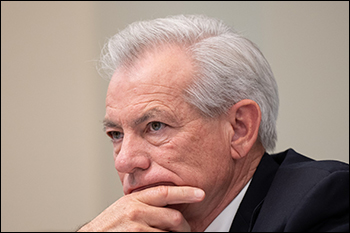By Jim Ellis — Thursday, Aug. 28, 2025
Senate
In her two previous victorious Iowa US Senate races, Republican Joni Ernst defied the aggregate polling universe, and a new Public Policy Polling survey of the 2026 campaign suggests we may see this familiar pattern repeat.As a whole in both 2014 and 2020, the pollster universe underestimated Ernst’s political strength and miscast her campaigns as being too close to call when they weren’t.
In Sen. Ernst’s first statewide election, running from her position as a state Senator, she defeated then-US Rep. Bruce Braley (D) by more than eight percentage points, or a full six points above her average polling lead according to the Real Clear Politics Polling Archives.
In her re-election bid from five years ago against Des Moines businesswoman Theresa Greenfield, Sen. Ernst headed into Election Day with just over a one point average edge, again according to the RCP Polling Archives, yet won with close to a seven-point cushion.
The new PPP Iowa poll (Aug. 18-19; 572 registered Iowa voters; live interview and text) finds Sen. Ernst with only toss-up leads over a series of largely unknown, from a statewide perspective, Democratic candidates.
According to the Public Policy Polling results, Sen. Ernst would lead state Sen. Zach Wahls (D-Des Moines), only 43-42 percent; she tops Des Moines School Board chair Jackie Norris, 45-42 percent; and posts a pair of 45-41 percent advantages over local Chamber of Commerce executive Nathan Sage and state Rep. Josh Turek (D-Council Bluffs).
In reviewing the Polling Archives from her two previous statewide races, we saw Sen. Ernst beginning well behind.
In 2014, against Braley, Sen. Ernst trailed in the first published poll – in July of 2013 and again according to PPP – by a 13 percentage point margin, 45-33. Over the course of the 2014 campaign, 45 statewide surveys were publicly released from 14 different pollsters.
Within the 45 poll universe, Sen. Ernst led in 19, but none among the first nine released surveys (down an average of 7.1 points). In the campaign’s closing stage, her average percentage lead was 2.3 from the six polls released during the Oct. 27 to Nov. 3 period, yet her actual victory margin over Braley was 8.5 percent.
In 2020, this time as the incumbent seeking her first re-election, we saw a similar pattern unfold. In the ’20 race, the Real Clear Polling Archives reports a total of 19 Iowa Senate race polls being released from nine different polling organizations beginning in early April of the election year.
The first released poll again came from PPP with a survey ending on May 1, 2020. It projected Sen. Ernst as having a 43-42 percent edge over Greenfield, the same percentage this new 2025 poll finds her leading opposite state Sen. Wahls.
Within the 19-poll universe that the RCP Polling Archives tracked in the 2020 campaign, Sen. Ernst led in only seven of the polls and trailed by an average of just under three percentage points through the period ending Oct. 24 (a total of 14 released polls). In the final five polls, during the Oct. 27 through Nov. 2 period, Sen. Ernst built an average polling point lead of only 1.4 according to the Archives’ calculations but won the race on Nov. 3 by 6.6 percent.
We saw similar polling underestimates in President Trump’s three Iowa campaigns. In 2016, again with data from the Polling Archives, 26 presidential polls were conducted in the Hawkeye State from Aug. 9, 2015 through Nov. 4, 2016. Within the 26-poll universe, Hillary Clinton led in 10 with four ties. Looking at the final three polls from Nov. 1 through Nov. 4, Trump led in two with an average three-poll lead of three percentage points. On Nov. 8, 2016, he carried Iowa with a 9.5 percent margin spread.
In 2020, though Trump would lose the national election, he again carried Iowa with a greater than predicted margin. In this election, 27 polls were conducted from the period of Feb. 2, 2020 through Nov. 2. The polling universe was better in this election, as they forecast Trump to be leading Joe Biden in 15 of the polls with three ties. In the final five polls from Oct. 27 through Nov. 2, he led in four of the surveys with an average edge of two percentage points. Again, his final margin on Nov. 3 was much larger: 8.5 points.
In 2024, Iowa polling became a point of national contention as the state’s pollster deemed most accurate, Selzer & Company, projected a Kamala Harris lead of three percentage points in a poll concluded on Oct. 31.
President Trump would carry the state on Nov. 5 by a 13.2 percent margin, meaning the Selzer miss was a whopping 16-plus points.
Only three presidential polls were released during the closing days of the Iowa 2024 cycle. The other two pollsters, Emerson College and Insider Advantage, were much closer to the final result (Trump plus-10 and plus-6, respectively), but even they underestimated the Republican strength.
While the early 2025 Public Policy Polling survey again depicts Sen. Ernst in a potentially close race, this is nothing new for her Iowa Senate campaigns. If polling history is any indication, the end result will likely tell a much different story.






